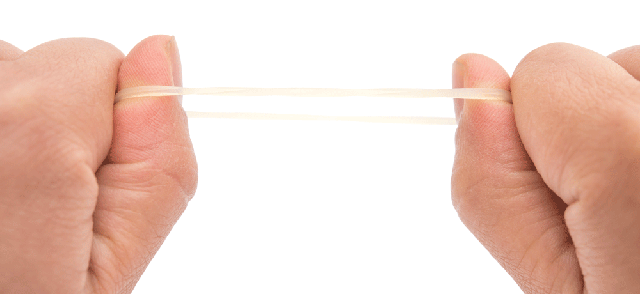Researchers from the Harvard John A. Paulson School of Engineering and Applied Sciences (SEAS) have developed a new type of rubber that is as tough as natural rubber but can also self-heal.
 The research is published in Advanced Materials.
The research is published in Advanced Materials.
Self-healing materials aren’t new — researchers at SEAS have developed self-healing hydrogels, which rely on water to incorporate reversible bonds that can promote healing. However, engineering self-healing properties in dry materials — such as rubber — has proven more challenging. That is because rubber is made of polymers often connected by permanent, covalent bonds. While these bonds are incredibly strong, they will never reconnect once broken.
In order to make a rubber self-healable, the team needed to make the bonds connecting the polymers reversible, so that the bonds could break and reform.
“Previous research used reversible hydrogen bonds to connect polymers to form a rubber but reversible bonds are intrinsically weaker than covalent bonds,” said Li-Heng Cai, a postdoctoral fellow at SEAS and corresponding author of the paper.
“This raised the question, can we make something tough but can still self-heal?”
Cai, along with Jinrong Wu, a visiting professor from Sichuan University, China, and senior author David A. Weitz, Mallinckrodt Professor of Physics and Applied Physics, developed a hybrid rubber with both covalent and reversible bonds.
The concept of mixing both covalent and reversible bonds to make a tough, self-healing rubber was proposed in theory by Cai but never shown experimentally because covalent and reversible bonds don’t like to mix.
“These two types of bonds are intrinsically immiscible, like oil and water,” said Cai.
Read More at the Source: Medical device heal thyself: Self-healing rubber on the horizon – Medical Plastics News
by Lu Rahman